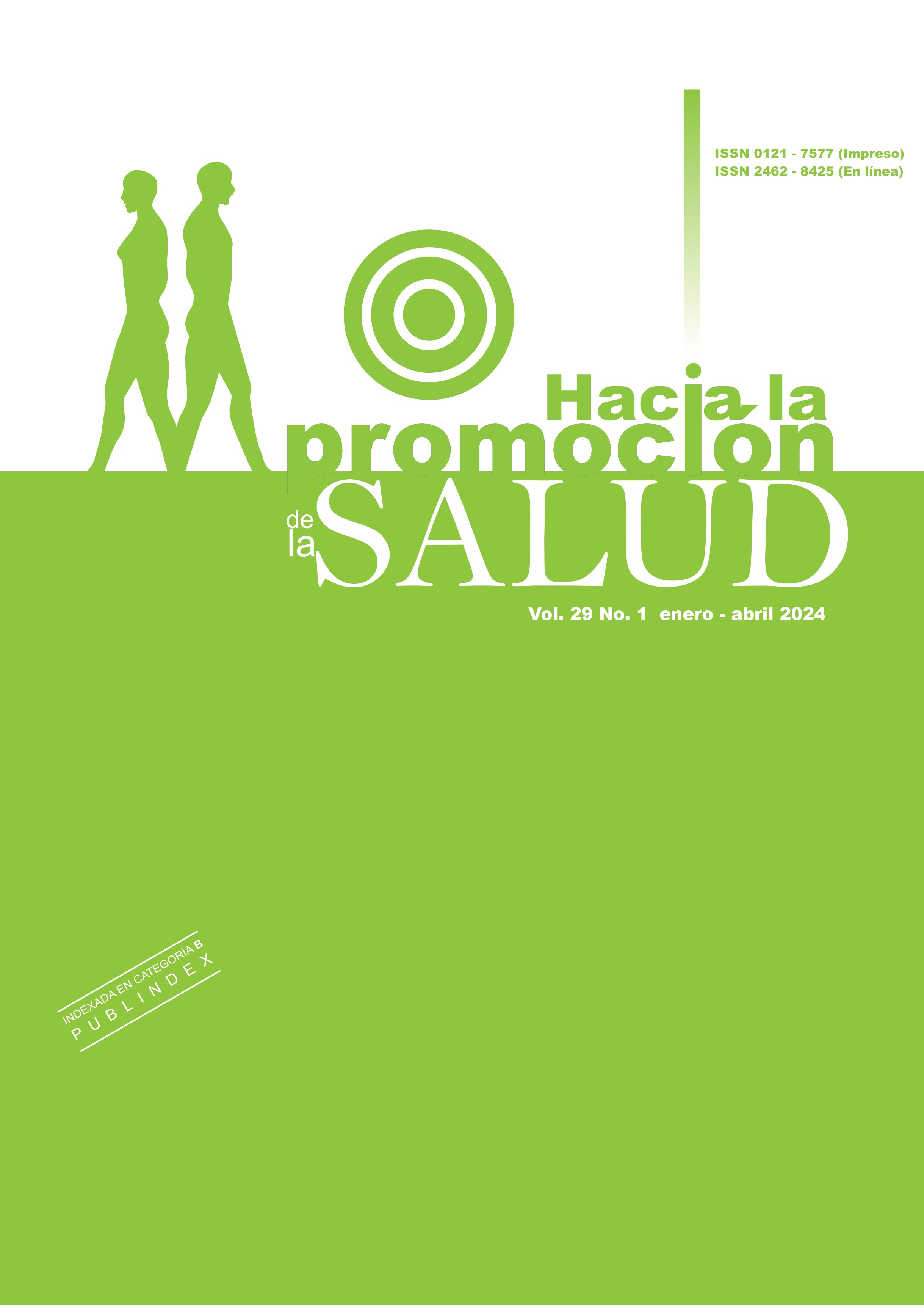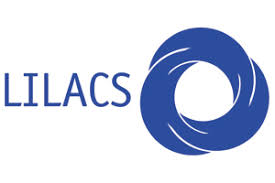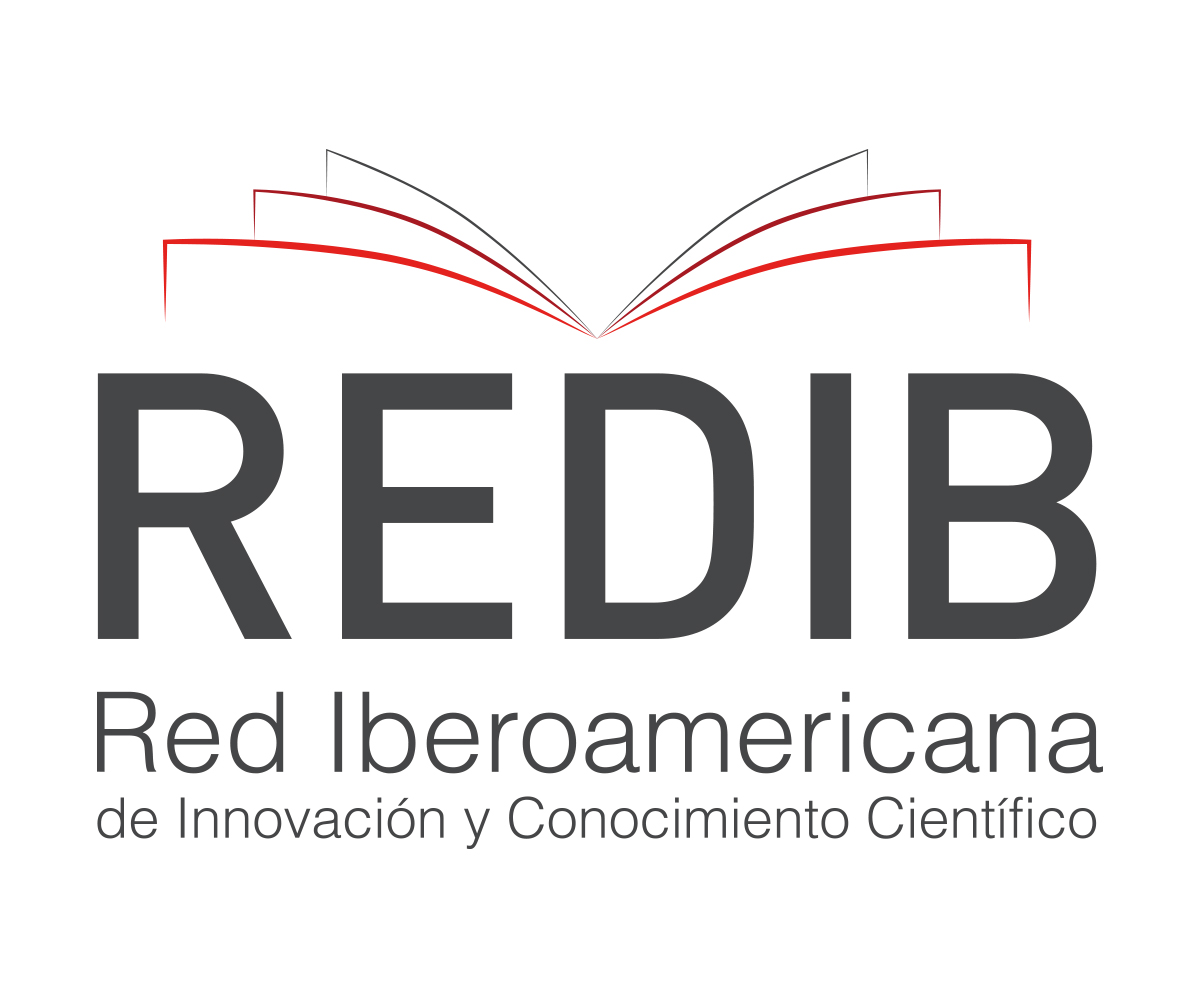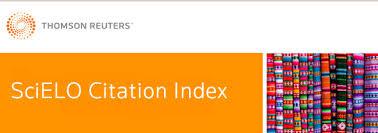Autores
Resumo
Objetivo: Na Colômbia, existe uma brecha importante entre a regulamentação relacionada ao reconhecimento de direitos, inclusão e mecanismos para a proteção dos meninos com deficiência e a implementação da norma. Neste contexto, o objetivo deste estúdio pode explorar as representações sociais da paralisia cerebral em mães de crianças com paralisia cerebral. Metodologia: Recolha a informação das madres com crianças com paralisia cerebral que consulte um centro de neurorreabilitação em Cali, Colômbia entre enero e febrero de 2022 usando o listado livre e o guia de pares. Resultados: Para as mães a paralisia cerebral é a alteração de movimento que se junta com a dificuldade de aprendizagem e comunicação gera grande demanda de atenção por parte do cuidador acompanhado de sentimentos de resignação antes das seqüelas da lesão no cérebro e na discriminação percepção social. Conclusões: Las representaciones sociales sobre la paralisis cerebral dejan ver una visão negativa y poco esperanzadora de recuperação, así como resiliência de parte de los cuidadores.
Referências
Kolman SE, Glanzman AM, Prosser L, Spiegel DA, Baldwin KD. Factors that Predict Overall Health and Quality of Life in Non-Ambulatory Individuals with Cerebral Palsy. Iowa Orthop J. 2018; 38:147-152.
Fonzi V, Sheriff B, Dalglish S, Anum A, Dwomo Agyei E, Diggs D, et al. The multifaceted care-seeking practices among caregivers of children with cerebral palsy: Perspectives from mothers and providers in Ghana. PLoS One. 2021;16(10):e0258650.
Mohd Nordin NA, Hui Shan E, Zanudin A. The Unmet Needs of Parents of Highly Dependent Children with Cerebral Palsy. Int J Environ Res Public Health [Internet]. 2019; 16(24):1–11. doi: https://doi.org/10.3390/ijerph16245145
Burkhard A. A different life: caring for an adolescent or young adult with severe cerebral palsy. J Pediatr Nurs. 2013;28(4):357-363.
Barreto R, Coral RC, Stella M, Gallardo K, Támara V. Cuidadores y cuidadoras familiares de personas con enfermedad crónica en Colombia: más similitudes que diferencias. Salud Uninorte. 2015; 31(2):255-265.
Martínez Lazcano F, Avilés Cura M, Ramírez Aranda JM, Riquelme Heras H, Garza Elizondo T, Barrón Garza F. Impacto de una intervención psicosocial en la carga del cuidador de niños con parálisis cerebral. Atención Primaria. 2014;46(8):401-407.
Korzeniewski SJ, Slaughter J, Lenski M, Haak P, Paneth N. The complex aetiology of cerebral palsy. Nat Rev Neurol.2018; 14(9):528-443.
Rosenbaum P, Paneth N, Leviton A, Goldstein M, Bax M, Damiano D, et al. A report: the definition and classification of cerebral palsy April 2006. Dev Med Child Neurol Suppl. 2007; 109:8-14.
Novak I. Evidence-based diagnosis, health care, and rehabilitation for children with cerebral palsy. J Child Neurol. 2014;29(8):1141-1156.
Ramanandi VH, Jayswal MD, Panchal DN. A qualitative study to conceptualize levels of awareness, acceptance and expectations in parents of children with cerebral palsy in Gujarat, India. Int J Contemp Pediatrics. 2018; 5(2): 442-447.
Hurtado LR, Arrivillaga M. Determinación social del acceso a servicios de salud de población infantil en situación de discapacidad. Rev Cuba Salud Publica. 2018; 44(1):100-109.
Banchs M. Aproximaciones procesuales y estructurales al estudio de las representaciones sociales. Papers on social representations. 2000; 9:3.1-3.15.
Rateau P, Lo Monaco G. La Teoría de las Representaciones Sociales: Orientaciones conceptuales, campos de aplicaciones y métodos. CES psicología. 2013; 6(1): 22-42.
Negura L, Plante N, Lévesque M. The role of social representations in the construction of power relations. J Theory SocBehav [Internet]. 2020; 50(1):1-17. Disponible en: https://bit.ly/3xD5sCB
Tobón Berrio L, Sabatier C, Palacio Sañudo J, Navarro O. La representación social de los derechos de los niños:legalidad construida por padres y madres. Revista Colombiana de Sociología [Internet]. 2021; 44(2):243-265. https://bit.ly/440EBMX
Vergès P. Approche du noyau central: propriétés quantitatives et structurales. En Ch. Guimelli (Ed.), Structures et transformations des représentations sociales. Genève: Université de Lausanne et de Genève.1994. pp 233-25318.
Abric JC. Prácticas y Representaciones sociales. 1ª Ed. México: Ediciones Coyoacan: 2001. Recuperado de https://www.academia.edu/4035650/ABRIC_Jean_Claude_org_Practicas
_Sociales_y_Representaciones
Minayo C. La artesanía de la investigación cualitativa. Buenos Aires, Argentina: Lugar Editorial. 2009.
Borgatti SP. ANTHROPAC 4.0. Methods guide Columbia: Analytic Technologies, 1992.
Christensen R, MacIntosh A, Switzer L, Fehlings D. Change in pain status in children with cerebral palsy. Dev Med Child Neurol. 2017; 59(4):374-379.
Boztepe H, Çınar S, Ay A, Yıldız GK, Kılıç C. Predictors of caregiver burden in mothers of children with leukemia and cerebral palsy. J Psychosoc Oncol [Internet]. 2019; 37(1):69-78. Disponible en: https://www.tandfonline.com/doi/abs/10.1080/07347332.2018.1489441
Wang Y, Huang Z, Kong F. Parenting stress and life satisfaction in mothers of children with cerebral palsy: The mediating effect of social support. J Health Psychol [Internet]. 2020; 25(3):416-425. Disponible en: https://pubmed.ncbi.nlm.nih.gov/29129110/
Johnson D, Johnson F. Joining Together: Group Theory and Group Skills. 11th edition. Pearson; 2012. 656 p.
Moriwaki M, Yuasa H, Kakehashi M, Suzuki H, Kobayashi Y. Impact of social support for mothers as caregivers of cerebral palsy children in Japan. J Pediatr Nurs [Internet]. 2021; (63):e64-e71. Disponible en: https://www.sciencedirect.com/science/article/pii/S0882596321003079
Saquetto MB, de Santana Bispo A, da Silva Barreto C, Gonçalves KA, Queiroz RS, da Silva CM, et al. Addition of an educational programme for primary caregivers to rehabilitation improves self-care and mobility in children with cerebral palsy: a randomized controlled trial. Clin Rehabil. 2018; 32(7):878-887.
Vadivelan K, Sekar P, Sruthi S, Gopichandran V. Burden of caregivers of children with cerebral palsy: an intersectional analysis of gender, poverty, stigma, and public policy. BMC Public Health [Internet]. 2020; 20(1):645. Disponible en:https://link.springer.com/article/10.1186/s12889-020-08808-0
Dos Santos RM, Massi G, Hautsch Willig M, Branco Carnevale L, Berberian AP, de Souza Freire MH, et al. Children and adolescents with cerebral palsy in the perspective of familial caregivers. Revista CEFAC. 2017; 19(6):821-830.
Smythe T, Adelson JD, Polack S. Systematic review of interventions for reducing stigma experienced by children with disabilities and their families in low- and middle-income countries: state of the evidence. Trop Med Int Heal [Internet]. 2020; 25(5):508-524. Diposnible en: https://onlinelibrary.wiley.com/doi/full/10.1111/tmi.13388
Dako-Gyeke M, Boateng DA, Mills AA, Kodom RB, Appiah-Kubi J. Known by the Children’s Condition: Associative Stigma Among Family Carers of Children with Cerebral Palsy. Glob Soc Welf [Internet]. 2021; 8(4):379-392. Diponible en: https://link.springer.com/article/10.1007/s40609-021-00203-w
Díaz García SP. (2019). De la negligencia estatal en la prestación de los servicios en salud y asistencia social a la población con discapacidad estudio de caso [tesis de especialización en Internet]. [Cucuta]: Universidad Libre, seccional Cúcuta.Disponible en: https://repository.unilibre.edu.co/handle/10901/15516
Pinquart M. Featured Article: Depressive Symptoms in Parents of Children With Chronic Health Conditions: A Meta-Analysis. J Pediatr Psychol. 2019; 44(2):139-149.
Sawyer MG, Bittman M, LA Greca AM, Crettenden AD, Borojevic N, Raghavendra P, et al. Time demands of caring for children with cerebral palsy: what are the implications for maternal mental health? Dev Med Child Neurol. 2011;53(4):338-343.
Zarei F, Asadpour E, Mohsenzadeh F. The efficacy of acceptance and commitment based therapy on marital satisfaction and self-efficiency of mothers with children with cerebral palsy. Journal of Psychological Science [Internet]. 2021; 20(105):1493-511. Disponible en: https://bit.ly/43VVqbL


 PDF (Español)
PDF (Español)
 FLIP
FLIP



























